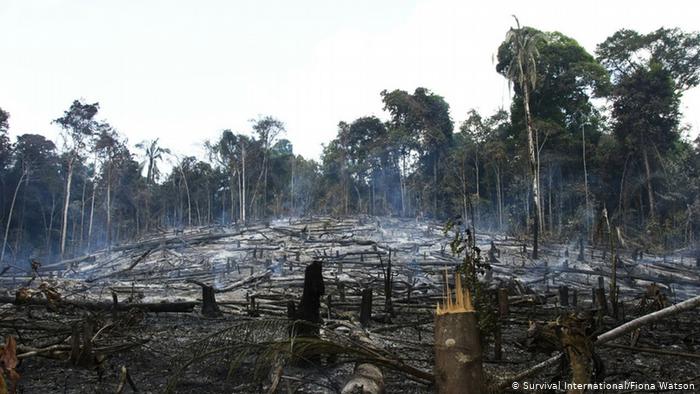Em 2020 o IEA ajuizou perante a justiça federal de Curitiba uma Ação Civil Pública (ACP) buscando o reconhecimento do direito de todos à estabilidade climática. O desmatamento da Amazônia é a maior causa de emissão de gases de efeito estufa (GEE) no Brasil. Por isso, o IEA solicitou uma ordem judicial para proteger o direito à estabilidade climática através da redução das emissões causadas pelo desmatamento, conforme previsto em lei. A Lei da Política Nacional sobre Mudança do Clima (PNMC) estabelece que o desmatamento na Amazônia não poderia ultrapassar 3.925Km2 em 2020. Essa meta deveria ter sido atingida em 31 de julho de 2021. Em caso de não cumprimento da meta, o IEA solicitou a proteção do direito à estabilidade climática através da restauração de toda a área de florestas ilegalmente desmatada além do permitido. Serão aproximadamente 6000 km2 (cerca de 14 vezes a cidade de Curitiba).
A competência para julgar essa ação havia sido declinada para Manaus, onde tramita outra ACP, fundada no direito ambiental, que busca sejam ordenadas ações de comando e controle para frear o desmatamento em dez pontos principais da Amazônia. O IEA recorreu. Em decisão liminar o TRF4 reconheceu que a ACP apresentada pelo IEA difere da ação apresentada em Manaus. A ACP do IEA vai além do direito ambiental e deve ser examinada à luz do arcabouço jurídico do direito das mudanças climáticas, que vem se desenvolvendo rapidamente nos últimos anos em diversos países ao redor do mundo como uma forma de buscar soluções para a crise climática sem precedentes que vivemos. Boa leitura! Clique aqui para ler a decisão.
TRF4 helps to write the history of the right to climate stability in Brazil
In 2020 IEA filed a Public-Interest Civil Action (ACP) before the Federal Court of Curitiba seeking the recognition of everyone’s right to climate stability. Deforestation in the Amazon is the single biggest cause of greenhouse gas (GHG) emissions in Brazil. Therefore, IEA requested a court order to protect the right to climate stability through the reduction of emissions caused by deforestation, as provided for by law. The National Policy on Climate Change Law (PNMC) establishes that deforestation in the Amazon could not exceed 3,925Km2 in 2020. This target should have been reached by July 31, 2021. In case of non-compliance with the target, IEA requested that the protection of the right to climate stability be achieved by restoring the entire area illegally deforested beyond the statutory limit. This means approximately 6000 km2 (about 14 times the size of the city of Curitiba).
The federal court in Curitiba declined jurisdiction over IEA´s lawsuit to a court in Manaus, where another ACP is pending and seeks, on environmental law grounds, that command and control actions be taken to curb deforestation in ten main areas of the Amazon. IEA appealed this decision. In an injunction, the TRF4 appellate court recognized that the ACP presented by IEA differs from the lawsuit presented in Manaus. IEA´s lawsuit goes beyond environmental law and should be examined under the legal framework of climate change law, an area of law that has been evolving rapidly in recent years in several countries around the world as solutions as are being sought for the climate crisis without precedents that we face. Good reading! Click here to read the decision.

